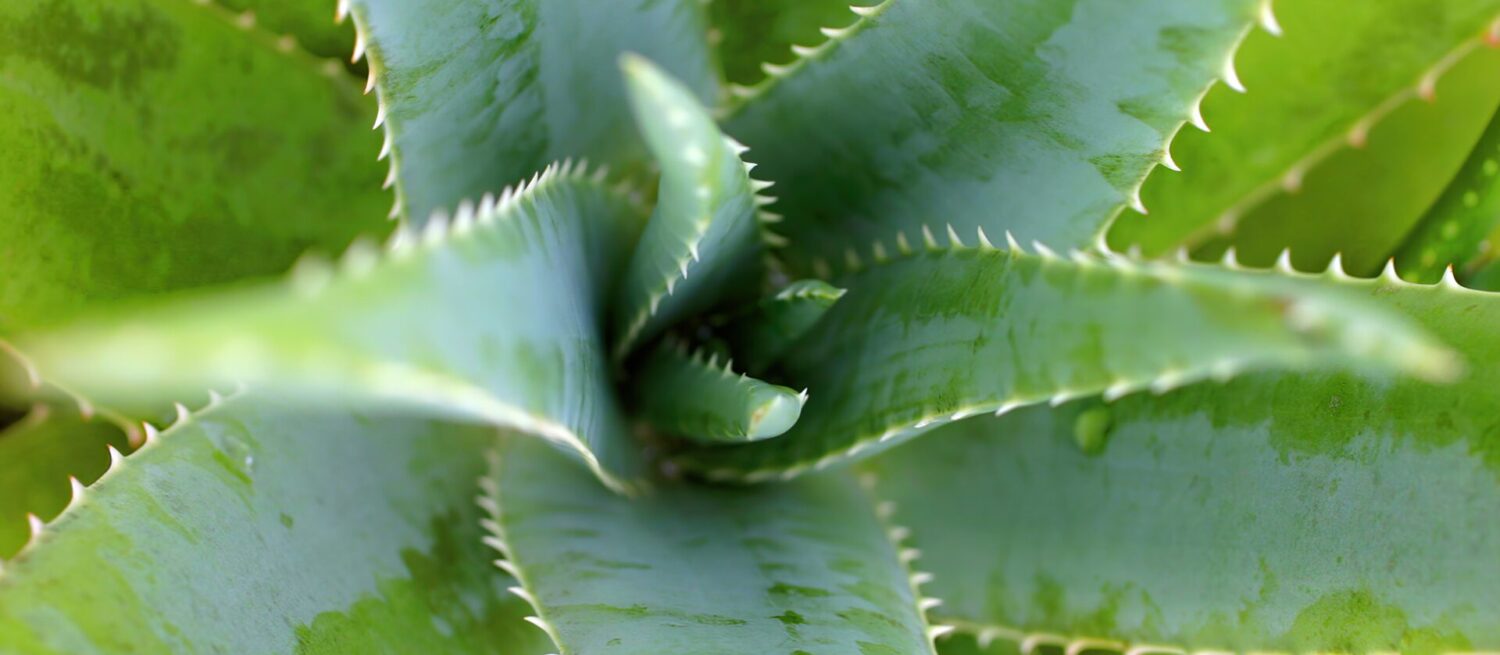

The Power of CO2 Enrichment for Medicinal Plants
The process that sustains plant life is called photosynthesis. According to National Geographic, “Photosynthesis is the process by which plants use sunlight, water, and carbon dioxide (CO2) to create oxygen and energy in the form of sugar” (nationalgeographic.com, 2024). If adequate carbon dioxide is not available, this can hinder the growth and quality of the plant. This is certainly an issue when it comes to medicinal plants for consumption.
The process of CO2 enrichment, where CO2 levels are manually increased, can significantly impact production outcome. Below we’ll review the role of CO2 in plant growth, the process of CO2 enrichment, why this specifically benefits medicinal plants, and how to implement CO2 enrichment.
Role of CO2 in Plant Growth
CO2 is one of the essential materials required for photosynthesis. It’s absorbed by the plant through small pores located under the leaves. The carbon in CO2 is used to build glucose, which provides energy plants need to grow. Increasing levels of CO2 can accelerate yields by 10-25%, resulting in more harvests per year. Leaves can also grow 30% larger in size and are more resilient.
CO2 Benefits:
Not only does adequate CO2 increase yield and plant size, but it will also increase the quality of the plant, resulting in:
– Higher yields
– Faster growth
– Improved stem strength
– Improved health
– Increased plant biomass
– Improved water retention in leaves
– Enhanced stress tolerance
The Process of CO2 Enrichment
There are two primary methods of carbon dioxide enrichment called Compressed Liquid CO2 and Combustion of Propane and Natural Gases. Compressed Liquid CO2 enrichment utilizes smaller cylinders of cryogenic CO2 and is coupled with a vaporizer to emit the gas directly over the plants. Combustion of Propane and Natural Gases is a method for larger levels of production. Burning propane and natural gas produces CO2, heat, and water, as a byproduct of combustion.
- Compressed Liquid: This strategy works best for smaller operations. Cylinders are purchased from a local atmospheric gas distributor. These are convenient and safe to handle. The liquid gas is vaporized using steam, hot water, or a vaporizer. Perforated tubes are located above the plants, where the gaseous CO2 will descend, as CO2 is heavier than oxygen. To prevent CO2 from raining down too harshly, installing air vents will disperse the gas throughout the space.
- Combustion of Propane and Natural Gases: This method is most common for high-volume production. CO2, heat, and water are byproducts of the non-vented combustion of burning propane and natural gas. In winter, this technique takes the place of heating the building, but in summer it must be counteracted with air conditioning. Carbon monoxide and oxides of nitrogen are also byproducts, so conditions must be carefully monitored.
Why Medicinal Plants Benefit from CO2 Enrichment
Medicinal plants are created for consumption and are used for medicinal purposes due to their high concentration of beneficial compounds. The impact of CO2 enrichment on these plants is like other plants in that it yields a higher production rate and increases plant quality. However, it’s especially important for medicinal plants, as studies have shown it enhances the production of medicinal compounds that produce the plant’s therapeutic effects.
A few examples include:
- • Echinacea growers in California reported an improvement in the beneficial compounds of the plants after implementing CO2 enrichment.
- • Ginkgo Biloba growers in the Netherlands found that the plants grown under enriched CO2 conditions had a higher concentration of beneficial flavonoids.
- • Aloe vera growers in India utilizing CO2 enrichment, discovered their plants had a higher concentration of aloin, the compound responsible for many of the plants healing properties.
How To Implement CO2 Enrichment
There are multiple techniques to utilizing CO2 in the cultivation industry, from CO2 bags to dry ice, but two methods continue to be the most common: Compressed Liquid CO2 and Combustion of Propane and Natural Gases. It’s important to select the appropriate method for your operation when implementing CO2 enrichment. The choice depends on your operation size, budget, and capacity to manage any potential risks.
Grower safety should also be a top priority as CO2 can be dangerous in large amounts. It’s important to maintain appropriate levels and install ventilation systems. Between 1200 and 2000 parts per million is ideal for healthy plants and is safe for workers. Self-regulating machines should be checked frequently throughout the day.
Carefully selecting a supplier is also part of the equation as you want knowledgeable, reliable, and trustworthy partners. It’s important to find a supplier that will deliver the gas you need, when you need it and provide guidance that benefits you and your business.
Carbon Dioxide Distributors for the Medicinal Plant Industry
At Rocky Mountain Air, we offer cryogenic liquid gas tanks and high-pressure cylinders of carbon dioxide for a variety of industries from food and beverage to agriculture. As a leading atmospheric gas distributor in the Rocky Mountain region, we can partner with the medicinal plant industry to provide the gases required.
At RMA we believe in flawless dependability, and our team is here to help you find solutions for your business. We can work with you to evaluate your usage and implement a delivery system that will be the most economical for your business, whether you need high-pressure cylinders for a small operation or a liquid CO2 tank for a larger production facility. Contact your local branch today to speak with a representative. We look forward to serving you!



